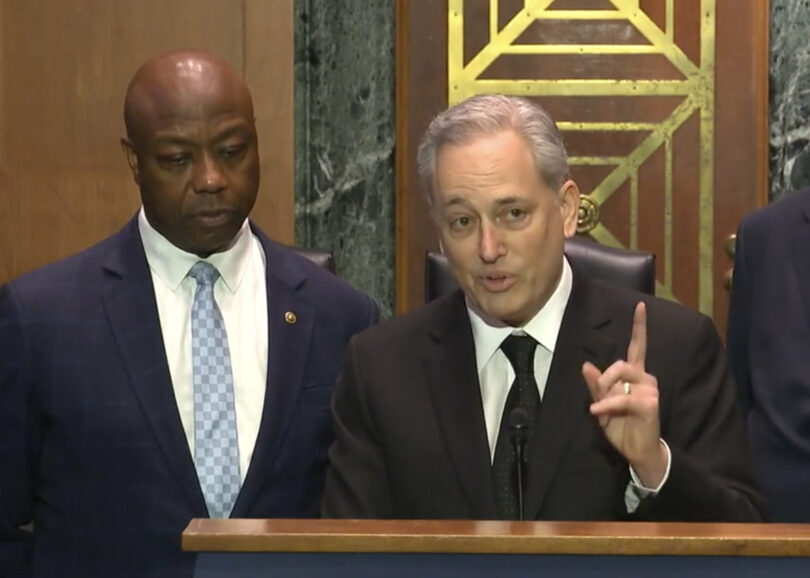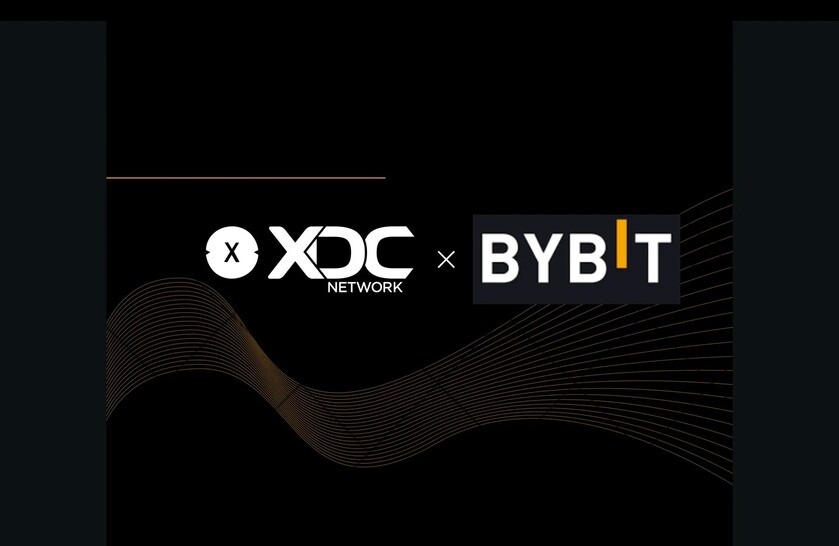Six major trade associations representing US traditional financial (TradFi) institutions, wrote a letter to White House AI and crypto czar, David Sacks, congratulating the administration on its new approach to digital assets and the creation of the President’s Working Group (PWG) on Digital Asset Markets. However, they want incumbents to be included as well.
Hence, they’ve asked for banking regulators – the Federal Reserve, FDIC and OCC – to rescind or water down various instructions, including those requiring every activity relating to crypto-assets or DLT to go through extensive approval processes.
Additionally, they request that the banking regulators be included in the working group. They said it is “imperative to help the PWG develop a comprehensive digital assets framework for all market participants.”
The six associations that wrote the letter are:
- American Bankers Association (ABA)
- Americas Focus Committee of the Association of Global Custodians
- Bank Policy Institute (BPI)
- Financial Services Forum
- Securities Industry and Financial Markets Association (SIFMA)
- The Clearing House Association
Some of the letters that they request to be rescinded or adapted include these: 1 2 3.
Don’t regulators need to supervise novel activities?
On the one hand, some might validly argue that the banking regulators need to supervise the risks that banks take.
However, there’s a massive difference between having to ask permission on a case by case basis, versus having clear rules on what is, or is not, permissible. At a practical level, constantly asking permission doesn’t just slow things down, it makes it impossible to engage with potential customers because you don’t want to waste their time on a project that could be blocked.
This obstructs institutions from engaging in innovation.
The regulators now have years of experience seeing what banks want to do with digital assets and DLT, and training their own staff in the process.
Despite the headlines, some banks are providing crypto services for clients. A Basel report showed that US banks were responsible for $200 billion in crypto exposures on behalf of clients, far more than other jurisdictions. But crypto custody was almost zero because of the SEC’s SAB 121 accounting rule that made it hard for banks.
DLT for bank payments, deposits
Just a handful or two of banks are using DLT for payment purposes, all of them within the confines of their own bank, with one exception (Partior).
The actions of the FDIC successfully stymied the USDF Consortium, a community bank initiative that aimed to support interbank payments using DLT. After battling for years, and moving from a public to a private blockchain, the group gave up last year.
Yes, there have been some issues with banks engaging with crypto firms. Silvergate shuttered voluntarily, and there’s been much debate about the role of digital assets in the collapse of Signature.
Any bank that has too much concentration on a specific sector, especially a volatile one, increases its risks. Signature was actively constraining its exposure to crypto, when Silicon Valley Bank collapsed.
One could argue that the regulators themselves contributed to this situation. With the negative regulatory environment, few banks would accept crypto clients or were allowed to operate the type of 24/7 DLT infrastructures that Silvergate and Signature offered. The result: a concentration of crypto clients at a handful of banks, exposing them to excessive risk.
That said, Silvergate chose the specialization.




























